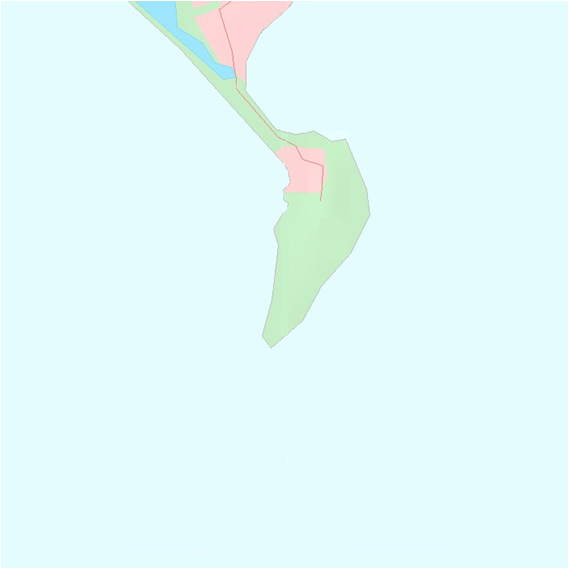If this is meant then of course it is an astounding feat of surveying to line up Jethou and Maiden Castle on a single line of longitude over 85 miles, mostly across open ocean, and this is irrespective of which point on the two landmarks is selected. For the record, the actual meridian adopted here runs through the central spine of Jethou and crosses the eastern (the oldest) boundary of Maiden Castle, what modern archaeologists with perhaps unwitting prescience have called the ‘causeway’ of this largest of causewayed enclosures.
But perhaps it would be more realistic to claim that the centre of Jethou and the centre of Maiden Castle are aligned north-south with an accuracy of a few hundred yards in eighty-five miles. But however you judge these things, it is difficult to dispute that this Prime Dorset Meridian passes directly over something that, once given proper recognition, knocks both Jethou and Maiden Castle into the category of Megalithic small beer.



.jpg)